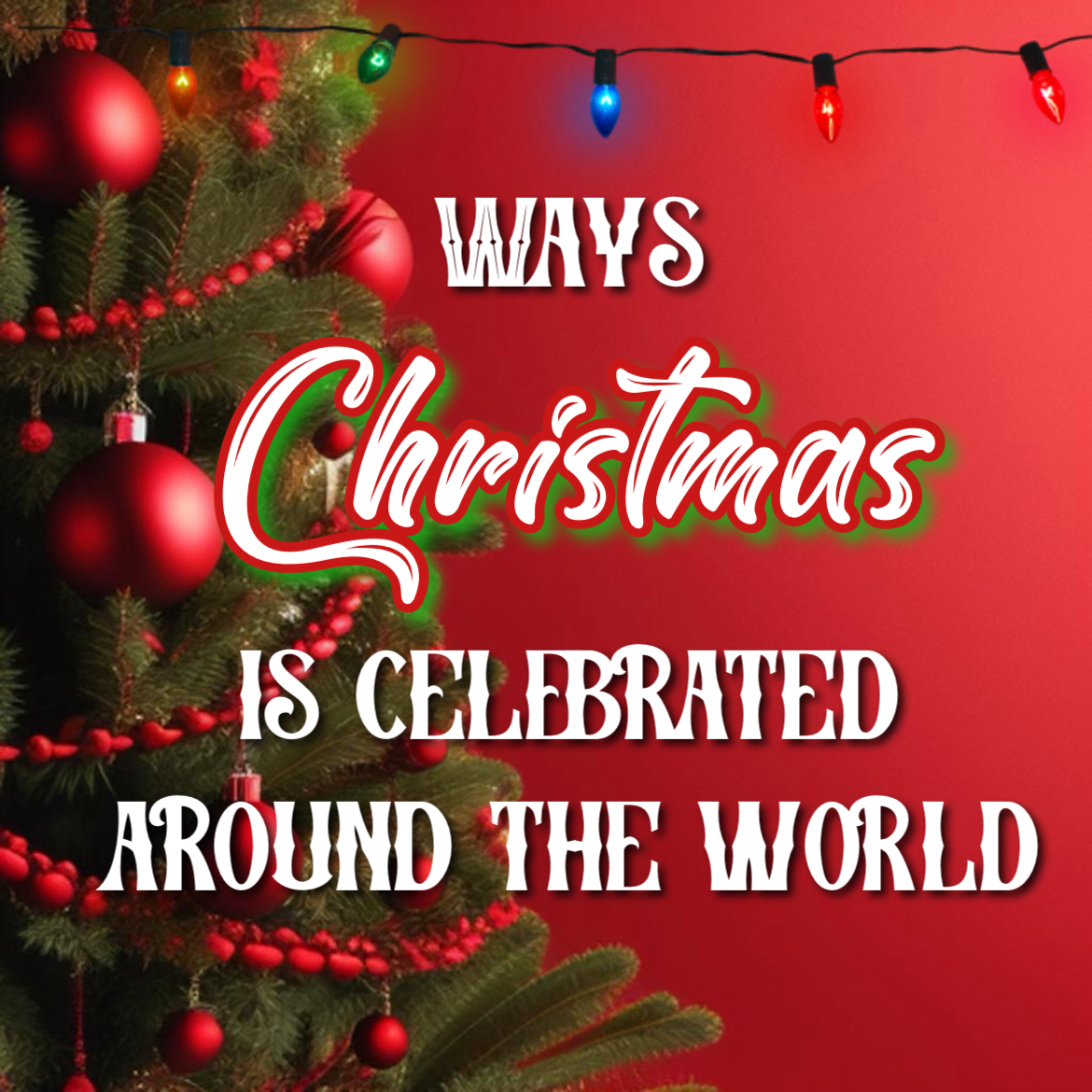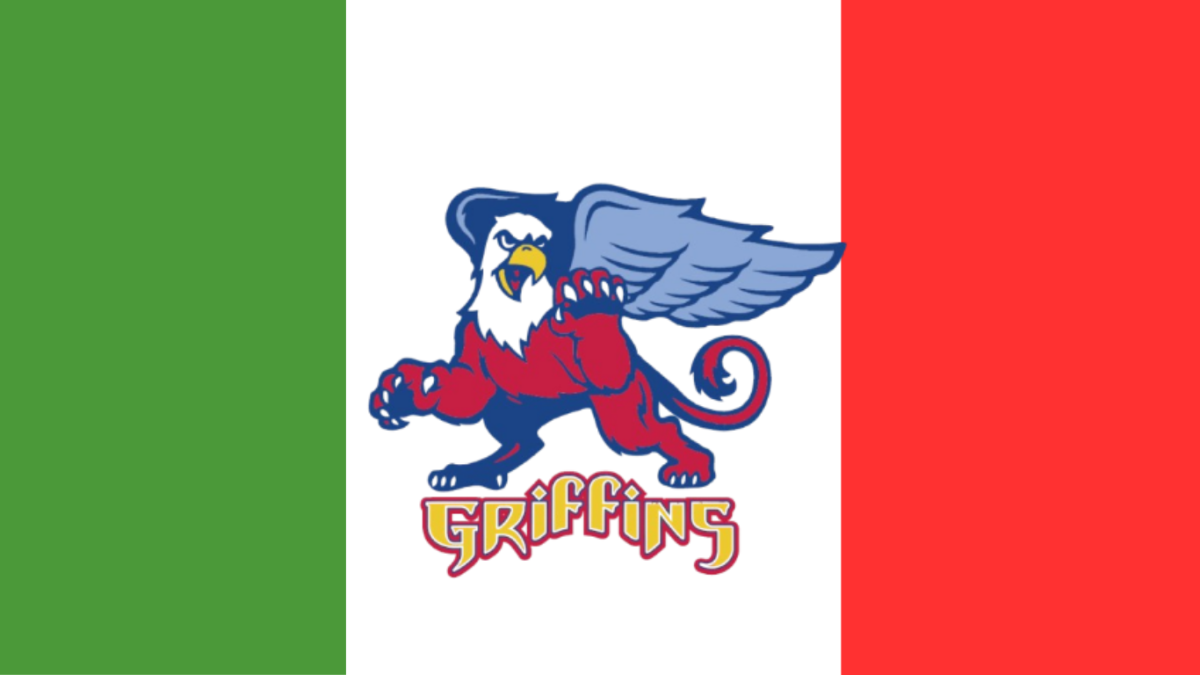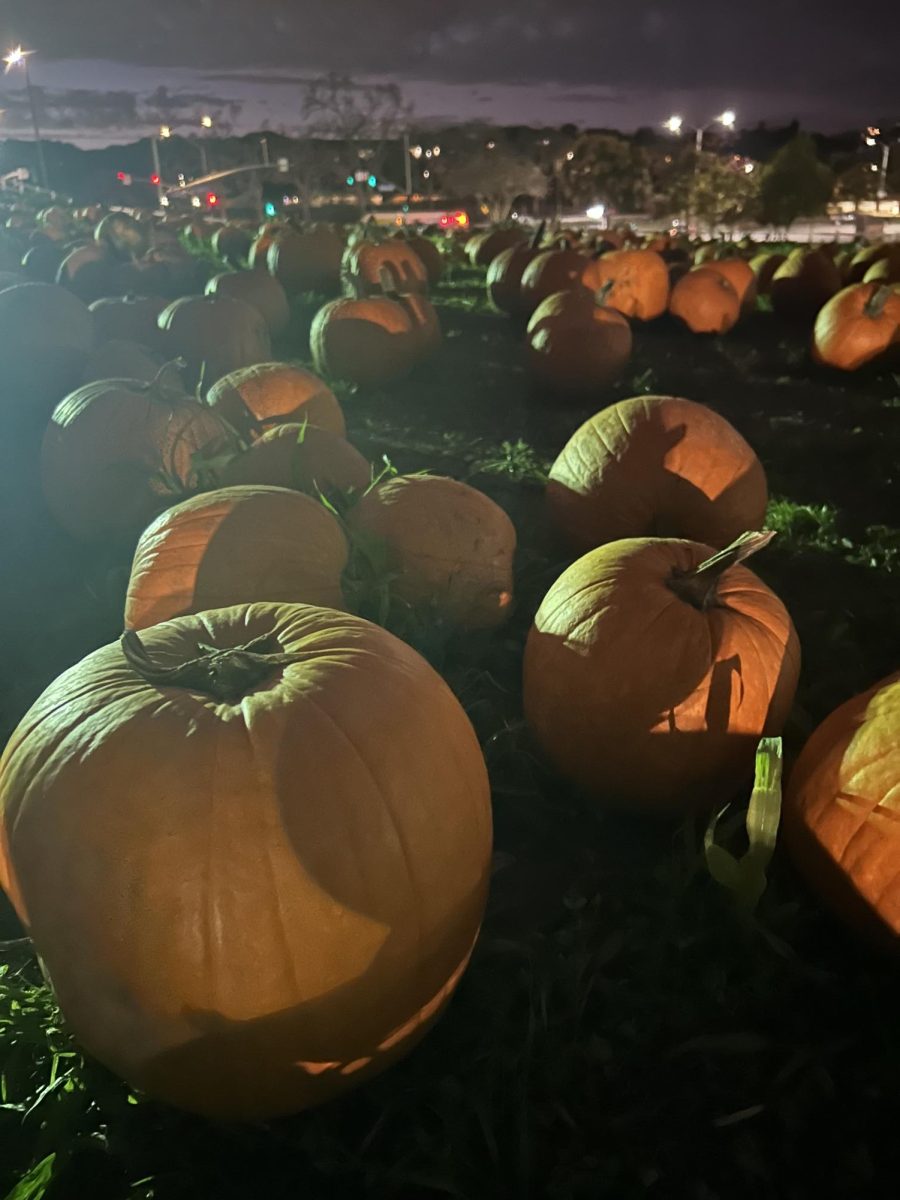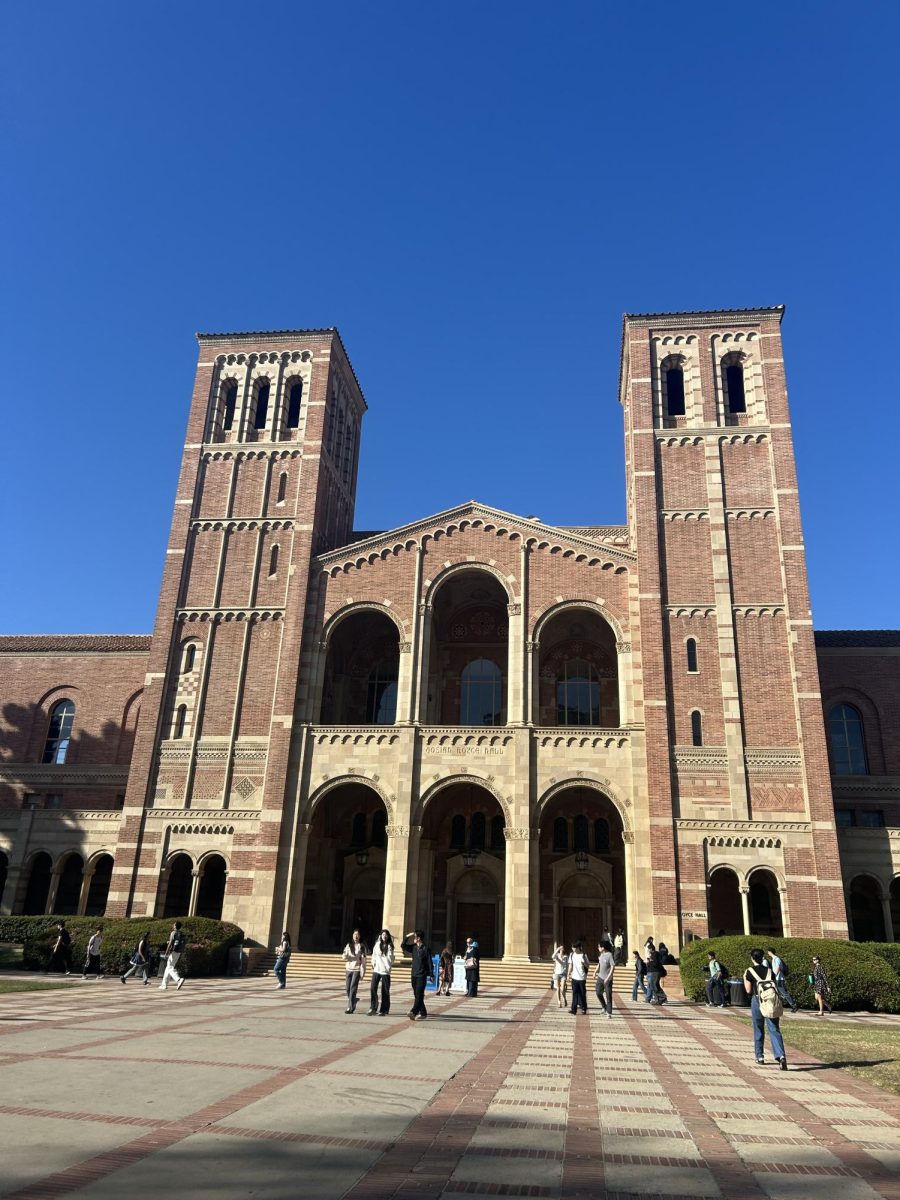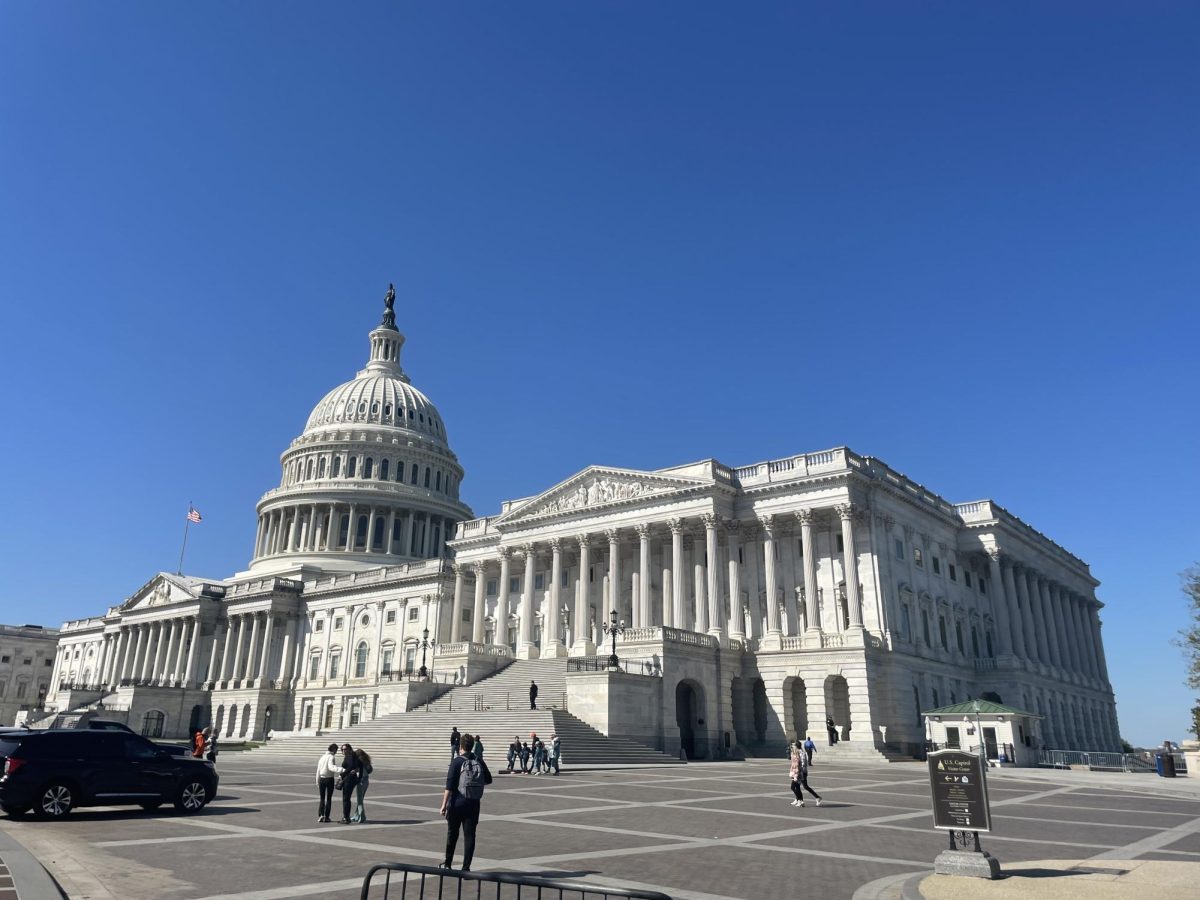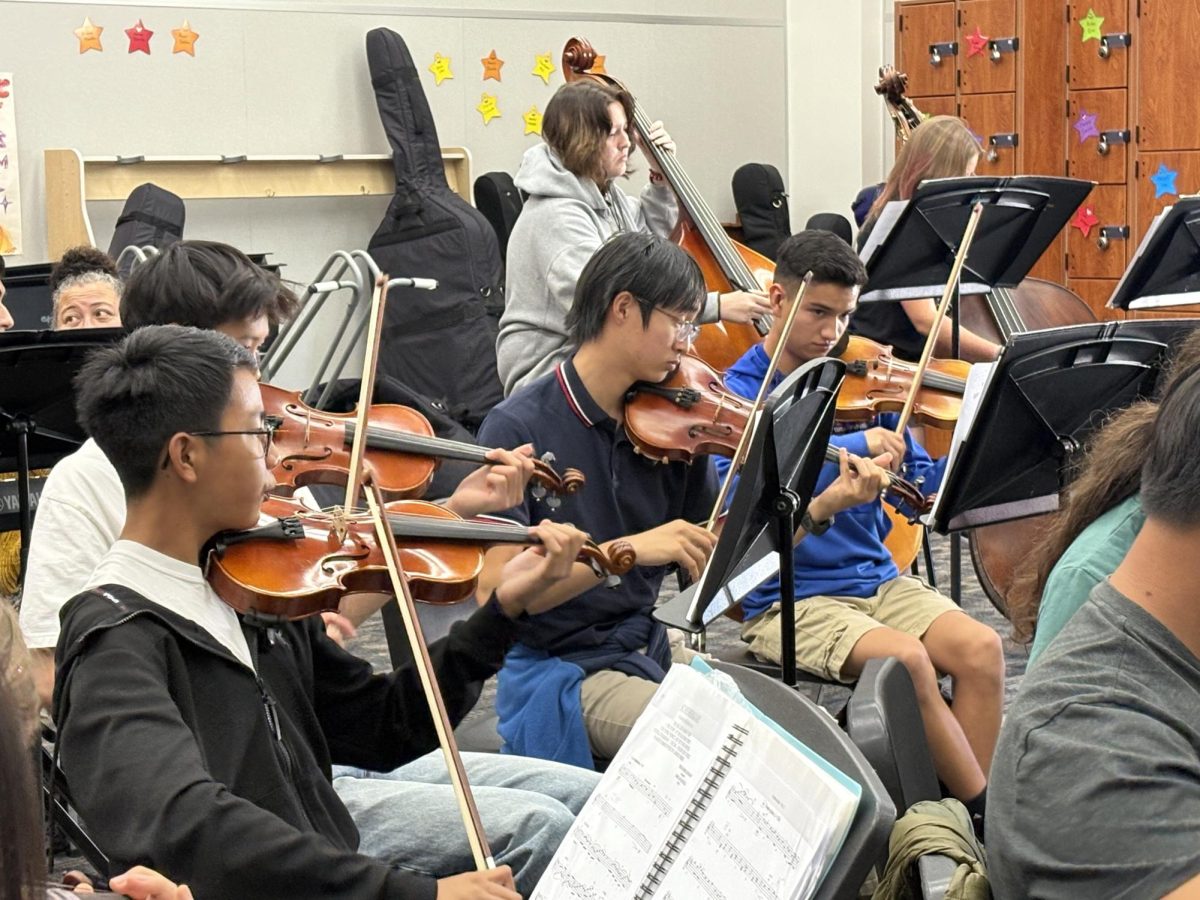LOS ALAMITOS, CA — Originally, Christmas became a religious holiday that celebrates the birth of Jesus Christ and is generally celebrated on Dec. 25. However, many countries have different Christmas traditions, some of which take place over long periods, rather than just one day. All around the world Christmas traditions and celebrations vary in their unique ways.
Italy
One of Italy’s most important ways of celebrating Christmas is the Nativity scene. Using Nativity scenes to celebrate the holiday became popular in 1223 when St. Francis of Assisi visited Bethlehem, where Jesus was believed to have been born. The tradition began in Naples, where artists constructed elaborate Nativity scenes. In Naples, there is even a street nicknamed “Christmas Alley” where this takes place. Almost every church and many Italian households display Nativity scenes.
Italians prioritize family during the holidays and cook a large feast called a “cerone” while only exchanging a couple of gifts. The Christmas season officially begins on Dec. 8, the day of Immaculate Conception, when the holiday spirit slowly creeps into the cities and towns. The nine days before Christmas, called “La Novena,” is when religious Italians spend time praying and caroling. Christmas Eve or “La Vigilia” is the most important day of the holiday period, when church bells are rung throughout the city and cannons are fired from Castel Sant’Angelo, a famous mausoleum in Rome, at midnight.
France
In France, many people come together in cathedrals and churches to sing carols and pray, celebrating the birth of Jesus. The main Christmas meal is eaten on Christmas Eve after people have returned from a midnight church service. Yule Logs (specialty selected logs used for the holidays) are also often burned in French homes, bringing in the warmth of the holiday spirit.
The official end of the Christmas season is the Fête des Rois (Three Kings Day) — this year on Jan. 6, 2024 — when the French traditionally indulge in a galette (a French pastry cake) with a tiny baby figurine hidden inside of the cake called a fève. Then, whoever gets the slice with the figurine is crowned king or queen for the day.
Jamaica
Christmas is a beautiful and special time in Jamaica. Many people paint their homes and hang decorations for the season. On Christmas Eve, the Grand Market occurs when people shop for Christmas foods, sweets, and toys. Around 6 p.m., the evening market begins and citizens celebrate and party until the morning. Everything is decorated with lights and street vendors sell delicious food such as jerk chicken, sugarcane, and boiled corn. After the Grand Market, some people will go to a midnight mass church service, while others attend church on Christmas morning.
Mexico
In Mexico, Christmas is celebrated from Dec. 12 to Jan. 6. Children will often take part in the Posada tradition from Dec. 16 to Christmas Eve, which is when homes are decorated with paper lanterns and moss, and a child dressed as an angel leads a procession through town. They visit the selected houses of friends and neighbors to sing songs and ask for a room in the house. Each home denies the children entry until Christmas Eve when the Posada house is found and children break open piñatas. After Las Posadas, families will usually go to a midnight church service.
Spain
In Spain, numerous people attend a Midnight Mass on Christmas Eve after dinner, known as La Misa Del Gallo (The Mass of the Rooster). The traditional Spanish Christmas dinner was “Pavo Trufado de Navidad,” turkey stuffed with mushrooms, although it is rarely eaten in modern times.
On New Year’s Eve (Nochevieja) in Spain, people traditionally ate 12 grapes with each of the 12 strokes of the clock at midnight. Each grape represents a month in the new year and is said to bring luck if an individual successfully eats the 12 grapes.
Australia
Throughout the continent of Oceania, Christmas is celebrated outdoors with delicious fruits, picnics, and more. In Australia and New Zealand specifically, Christmas falls during the sweltering summer months, so instead of the usual “white Christmas,” locals often hit the beach to celebrate. It’s also tradition to set up seafood barbecues on the beach and play games such as cricket. On Boxing Day (Dec. 26), a famous yacht race from Sydney to Hobart is held and attended by many Australians.
Residents in Australia typically decorate their homes with wreaths and poinsettia plants to encourage Christmas caroling. In each state’s capital city, there are Carols by Candlelight services hosted and broadcast on TV across the country.
Russia
Due to the Soviet Union, Christmas was not celebrated often in Russia and was banned in 1929 following the revolution in 1917. Christmas trees were also banned until 1935 when they began to call them “New Year” Trees. People who wished to celebrate Christmas had to do it in secret. After the collapse of the Soviet Union in 1991, people were able to celebrate the holiday but most did not partake in it and instead continued to celebrate New Year’s.
On New Year’s, the youth believe “Grandfather Frost” (“Dez Moroz” in Russian) brings presents to children and is accompanied by his granddaughter, Snegurochka. Traditionally, on New Year’s Eve, children will gather around their Christmas tree and hold hands, calling for Dez Moroz or Snegurochka.
Because the Russian Orthodox Church uses the “Julian” calendar for religious holidays, Christmas in Russia is usually celebrated on Jan. 7. There are several traditions that some people partake in during the Christmas season including fasting on Christmas Eve and going to a Midnight Mass church service.
The Philippines
In the Philippines, people enjoy formal Christmas celebrations starting Dec. 16, when the first of nine early morning masses occur. Christmas festivities continue until Epiphany, or the Feast of Three Kings, is celebrated. Most Filipinos are Christian, with over 86% being Roman Catholics. Because of this, Christmas is the most important holiday in the Philippines and is widely celebrated.
On Christmas Eve, Christians will go to church for the last seasonal mass, which is followed by a midnight feast called Noche Buena. The Noche Buena is a large, open house celebration with family, friends, and neighbors. The common dishes that are served for Noche Buena are ham, lechon (roasted pig), steamed rice, fruit salad, and many different sweets.
Conclusion
Every culture that celebrates Christmas has its own festive ways to make the holiday special, most of which are very different from the United States. The countries covered in this article are only a select group that celebrate Christmas — there are plenty not mentioned that have special traditions as well.


